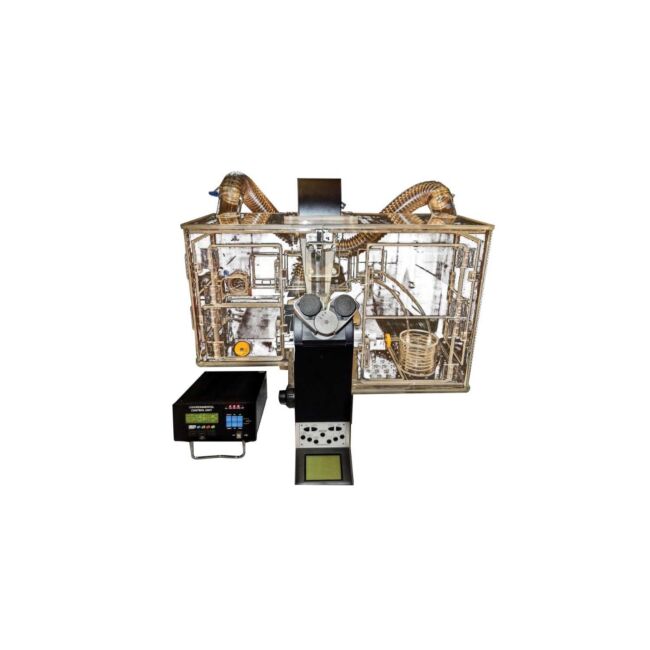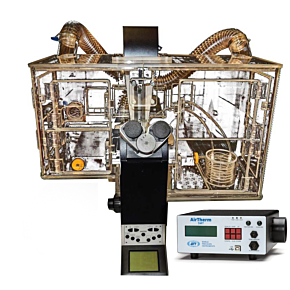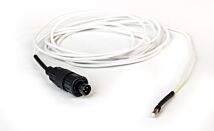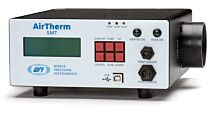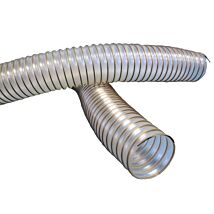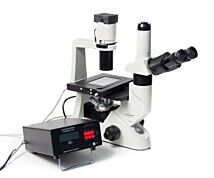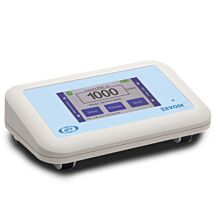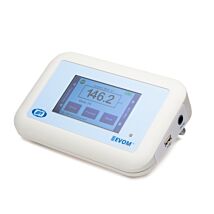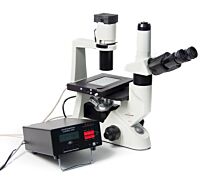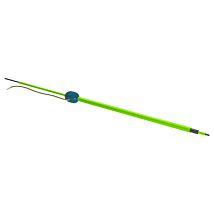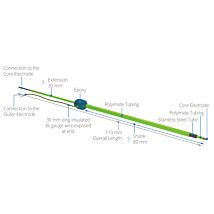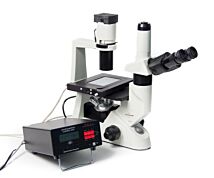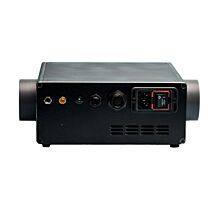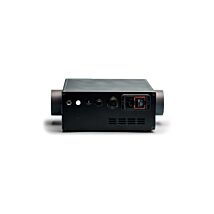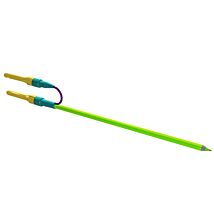This website uses cookies to ensure you get the best experience on our website.
Read more
Microscope Environmental Chamber
As low as
$0.50
Only %1 left
Prices valid in USA, Canada, and PR only.
Order code

Prices valid in USA, Canada, and PR only.
This Live Cell Microscope Incubator was extensively tested in laboratories. When compared with other systems, it offers dramatic advantages. For example, other incubators for live cell microscopy rely on passive, random diffusion of heated air from a single source to maintain the desired temperature setpoint. With no hot air return vent, the heated air escapes from the system through cracks at the microscope/incubator junction in an uncontrolled, random fashion. These systems offer no temperature uniformity, suffer from focus drift and often experience electrical and vibrational interference from the heater. You will also notice dramatic temperature drifts when the imaging environment is disturbed.
Prices valid in USA, Canada, and PR only.
Incubation and environmental control for long term imaging of cellular growth
Features
- Unique diffusion grid, combined with air input and return vents, provide an air flow pattern for consistent, even heating, with no hot or cold spots in the chamber
- External heater that can be placed far enough from the system to eliminate electrical and vibrational interference from the heater
- High degree of temperature precision and stability
- Minimal focal drift after equilibrium is achieved—accuracy ±0.1ºC at the sample itself, and 0.2ºC across the microscope stage (allowing for uniform heating of multiwell dishes)
- Airflow pattern and temperature uniformity eliminate dramatic changes in environmental temperature when the incubator door opens
- Ergonomic design for ease of use— The focus and x/y stage controls are outside of the incubator itself. Large doors allow easy access to the specimen and small ones for cords, tubing, etc.
- Precision, shielded temperature probe
- Simple, one person setup of the system
- Full chamber system with controller and AirTherm-SAT
- System includes proprietary humidification module, stage adaptor, stage dish with optical grade glass.
Options
| Order code | Power | Description |
|
FC-HC-1W |
120 V |
Requires 100% CO2 and ambient air supplies. |
|
FC-HC-2W |
230 V |
Requires 100% CO2 and ambient air supplies. |
|
FC-H5-1W |
120 V |
Requires 5% CO2 |
| FC-H5-2W | 230 V | Requires 5% CO2 |
| FC-HOC-1W | 120 V | Requires 100% CO2, N2 and ambient air supplies. |
| FC-HOC-2W | 230 V | Requires 100% CO2, N2 and ambient air supplies |
Click here to see the current data sheet for the ECU.
Click here to see the current data sheet for the Live Cell Imaging.
Benefits
- Choice of controllers to manage air flow, heat, carbon dioxide and oxygen
- Control and monitor an external heater or lens warmer with ECU or control and monitor temperature and monitor humidity with FC‑HOC, FC-HC or FC-H5. The ECU comes in three varieties so you have all the control you require.
Applications
- Live cell imaging under a microscope
- Time lapse video research
Choice of controller to manage heat, CO2 and N2
This unique, acrylic Live Cell Imaging chamber, combined with an Environmental Control Unit (ECU) and an AirTherm controller, ensure precision control of your incubator environment.
The ECU comes in three varieties so you have all the control you require.
- With the FC-H5, you can control air flow and heating.
- In addition to air flow and temperature control, the FC-HC lets you control the carbon dioxide level. It has an internal sensor.
- The FC-HOC adds control of the oxygen level, which is accomplished by displacing the oxygen with nitrogen.
Control external heater and monitor humidity
The first three ECU units are capable of controlling a simple, external heater, like the AirTherm Satelite (AirTherm-SAT) or a microscope lens warmer. The AirTherm-SMT can monitor and control temperature and monitor humidity level inside the microscope chamber.
Diffuser grid and venting for consistent air flow
Air flow affects the temperature uniformity of incubators. The red arrows on Fig. 1 and Fig. 3 indicate air flow. The Live Cell Microscope Incubator uses a diffuser grid and proper venting to insure consistent air flow. Traditional incubators with poor air flow suffer with hot and cold spots in the incubator, as seen in thermal images (Fig. 2 and Fig. 4). Warmer temperatures are indicated by red and cooler temperatures by blue.
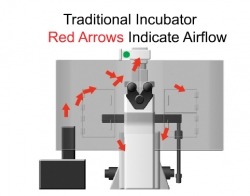
Fig. 1—Single air input and no venting causes random air flow in a traditional incubator.
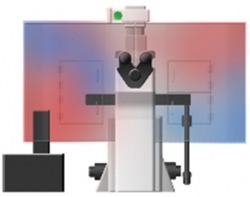
Fig. 2—Hot and cold spots result from inconsistent flow.
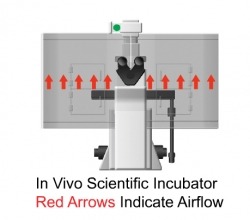
Fig. 3—A diffusion grid with air input and exhaust vents yields consistent air flow.
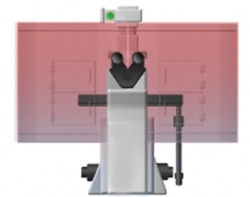
Fig. 4—Consistent air flow means uniform heating.
| SKU | VAR-9999 |
|---|
ECU 4.0/STEV Instruction Manual
ECU-Stagetop Environment Instruction Sheet
Video
Microscope Chamber Setup for Live Cell Imaging


